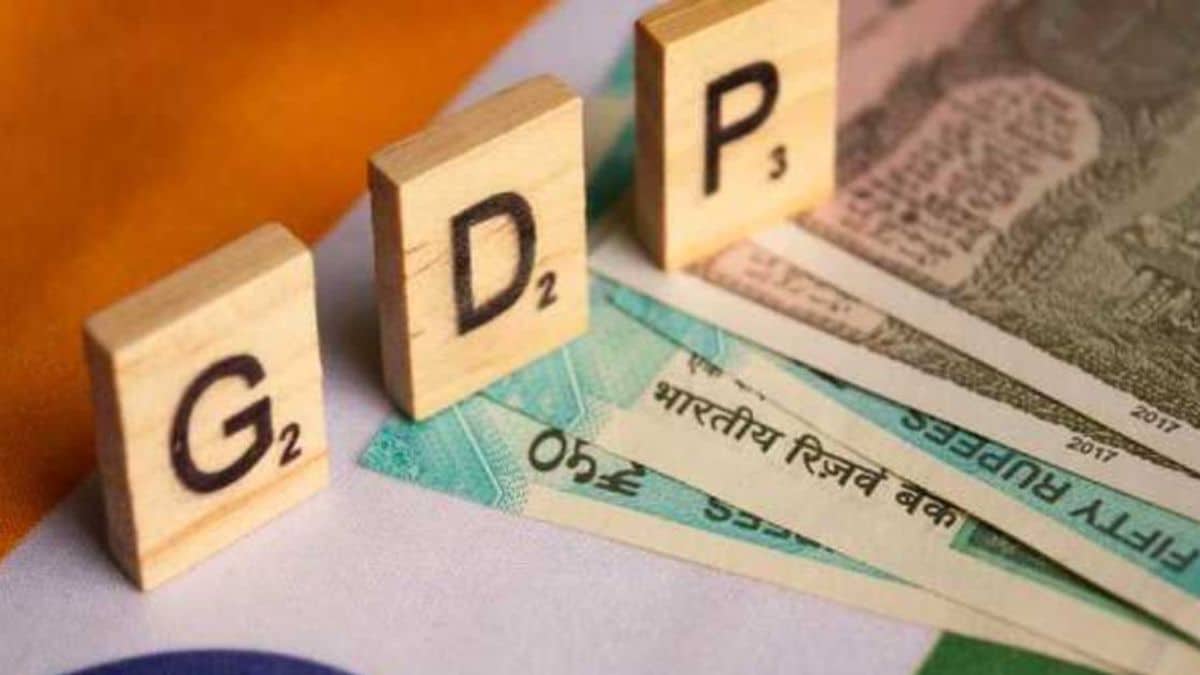India’s external debt witnessed a marginal rise to $624.7 billion annually ending March 2023, although the debt-GDP ratio saw a decline as per the data published by the Reserve Bank data on Friday.
The external debt rose by $5.6 billion from 619.1 billion in the same period last year. The external debt to GDP ratio declined to 18.9 percent at the end of March 2023 from 20 percent from March 2022. The value appreciation of the US dollar compared to major currencies like the Indian rupee, Yen, SDN and Euro was placed at $20.6 billion.
If the valuation effect was to be excluded the external debt would have increased by $26.2 billion instead of $5.6 billion at the end of March 2023 over March 2022. At the end of March 2023, long-term debt (original maturity of over one year) was placed at $496.3 billion, recording a decline of $1.1 billion as compared to March 2022. Share of short-term debt (with maturity of upto one year) in total external debt saw a rise of 20.6 percent at end of March 2023 from 19.7 percent at end of March 2022. Ratio of short-term debt (with original maturity) to foreign exchange reserves increased from 20 percent in 2022 to 22.2 percent in 2023.
RBI also added that US dollar-dominated debt remained largest component of Indian debt, with a share of over 54.6 percent at end of March 2023, followed by Indian rupee at 29.8 percent, SDR at 6.1 percent, Yen at 5.7 percent and the Euro at 3.2 percent. 32.5 percent of external debt was accounted for remaining loans followed by currency deposits at 22.6 percent, trade credit and securities at 19.9 percent and debt securities.
The debt service (principal repayments and interest payments) increased marginally from 5.2 percent in March 2022 to 5.3 percent in March 2023 which reflects higher debt service according to the data published by RBI.


